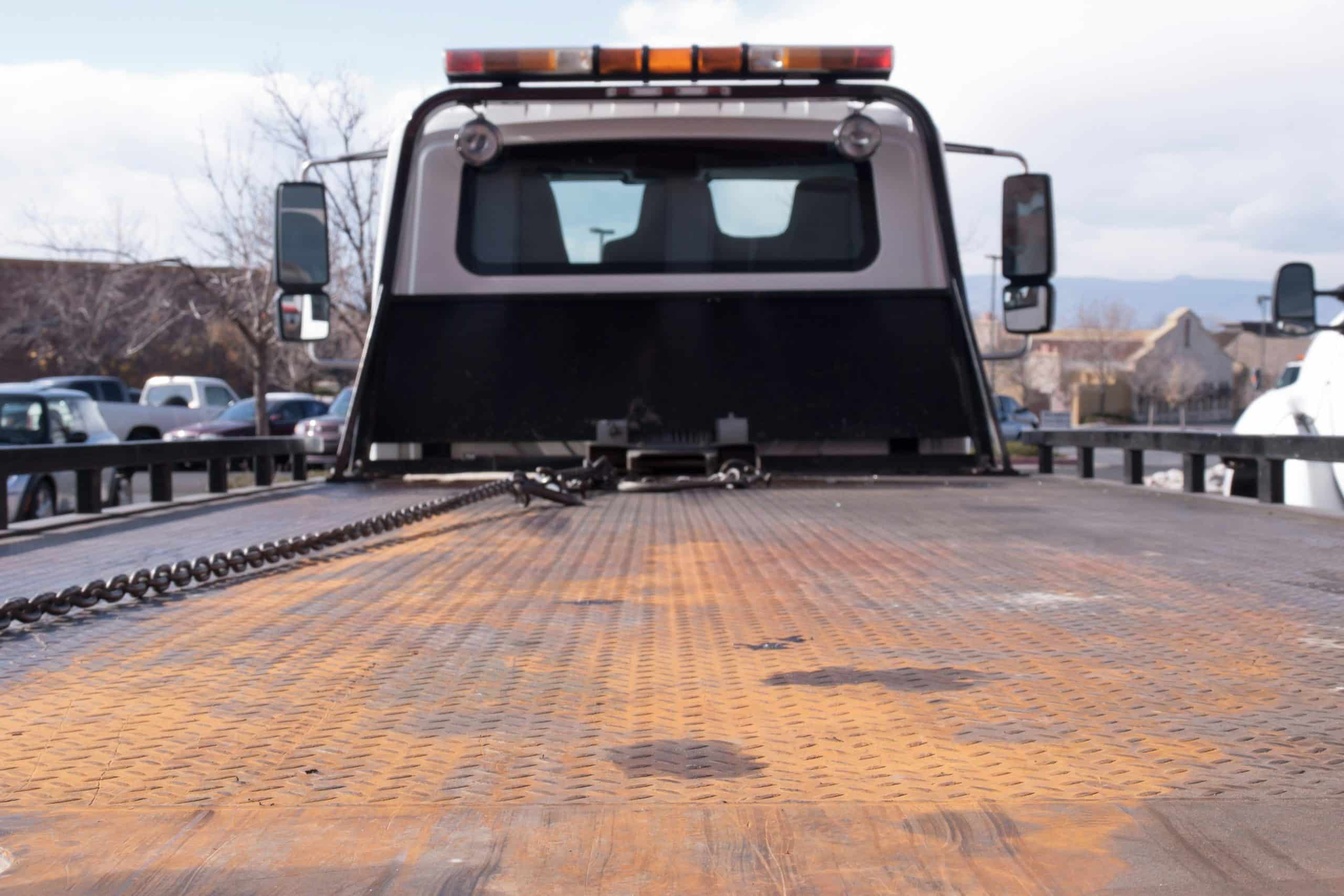Every vehicle owner knows that moment of anticipation. Your car is in for its annual MOT test, you’re waiting for the verdict, and then comes the news: your car has failed. It’s a situation nobody hopes to face, but the reality is that a significant number of vehicles do not pass the MOT test each year.
Whether it’s down to a critical mechanical issue, an overlooked piece of maintenance, or just bad luck, a failed MOT test can throw a wrench into your plans. But it’s important not to panic. With the right approach, you can navigate what comes next and get your car back on the road as quickly as possible.
Topic to read : What steps can you take to protect your car’s undercarriage from salt corrosion in UK winters?
Understand The Reasons for Failure
The first thing you need to do if your car fails its MOT test is understand the reasons for failure. When your car fails the test, the garage will give you a ‘notification of failure’ from the MOT testing service. This document will list all the faults that need to be corrected.
These faults are categorized as either ‘major’ or ‘dangerous’. Major faults need to be repaired immediately to make the vehicle roadworthy, but they don’t necessarily mean your car is unsafe to drive. Dangerous faults, on the other hand, mean the vehicle is an immediate risk to road safety and should not be driven until corrected.
Have you seen this : How can you dispute a parking ticket in London?
Understanding the reasons for failure will help you decide what to do next. If the faults are relatively minor and affordable to fix, you might decide to have the repairs done right away. If the faults are more serious and costly, you might need to consider whether it’s worth fixing the car or if it’s time to think about replacing it.
Arrange for Repairs
Once you understand what’s wrong with your car, the next step is to arrange for repairs. If your car failed its MOT test due to a minor issue, it may be possible to have the problem fixed on the spot, enabling your vehicle to be retested and hopefully pass.
If the vehicle has more significant problems, you might need to arrange for it to be repaired elsewhere. Remember, you’re not obligated to have the work done at the garage that conducted the MOT test. You might find it more cost-effective to shop around and get quotes from several different garages.
Keep in mind that if your car has a ‘dangerous’ fault, it’s illegal to drive it, even to another garage. In this case, you’ll need to arrange for it to be towed.
Retest Your Vehicle
After your car has been repaired, it will need to be retested. If your vehicle initially failed on a minor fault and it was repaired immediately, the garage may offer a partial retest. This means they’ll only test the specific items your car failed on rather than conducting a full MOT test.
If your car had major faults that required it to be taken away for repairs, it will need to go through a full MOT test again. This means you’ll need to pay the test fee again.
Considerations for Older Cars
If your car is older, the decision about what to do after it fails an MOT test may be more complicated. Repairing major faults can be expensive, and if your car is older, the cost of repairs might be higher than the car’s value.
In this case, it might make more economic sense to replace the vehicle rather than repair it. However, this is a decision that should be based on a range of factors, including the overall condition of the car, its mileage, and your financial situation.
Learn from the Experience
While a failed MOT test is certainly frustrating, it can also be a learning experience. It might point to areas of car maintenance you’ve overlooked or didn’t realize were important.
By understanding why your car failed and how you can prevent it from happening in the future, you can turn this setback into an opportunity to become a more informed and responsible car owner. You can also potentially avoid the stress and cost of a failed MOT in the future.
Exploring Replacement Options
If the cost of repairs is too high or your car is older and continually failing its MOT tests, it might be time to consider replacement options. When exploring this path, there are several factors to take into consideration.
Firstly, consider the running costs of your current vehicle. An older car that’s frequently breaking down or requiring expensive repairs might be costing you more in the long run than investing in a newer model. Also, bear in mind higher fuel consumption and possible higher insurance premiums for older cars.
Next, evaluate your usage. If you’re heavily reliant on your car for daily commuting or for business, you can’t afford to have it frequently off the road due to repairs. The reliability and efficiency of a newer model might be vital for your daily life.
Also, consider the advancements in technology. Newer models tend to be more fuel-efficient, have better safety features, and offer tech conveniences like integrated navigation and entertainment systems. If these aspects are important to you, it could be worthwhile to upgrade.
Lastly, assess your budget. While a new car is a big investment, there are many financing options available that could make it more affordable. You could opt for a newer used car, lease a vehicle, or look into financing options for a brand new car.
Conclusion: Turning a Negative into a Positive
Failing an MOT test can be a stressful and frustrating experience, but it’s crucial to remember that the test is designed to ensure your safety and the safety of others on the road. If your car fails, it’s an opportunity to address issues that could have become much more significant over time.
The key to dealing with a failed MOT test is understanding the reasons for failure and then taking the appropriate action, whether that’s immediate repairs, shopping around for the best repair quotes, or considering a new vehicle.
While no one wants to face the inconvenience or cost associated with a failed MOT, with the right approach, it’s possible to turn this negative situation into a positive outcome. And remember, the ultimate goal is always to keep you and your loved ones safe on the road.
Whether you’re repairing or replacing, use this experience as a chance to become more knowledgeable about car maintenance and more proactive about regular checks. After all, staying on top of these can help prevent future MOT failures and keep your vehicle safely running for years to come.











